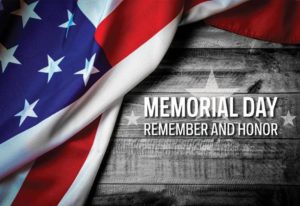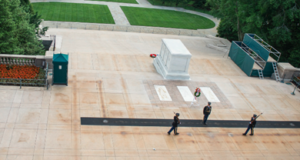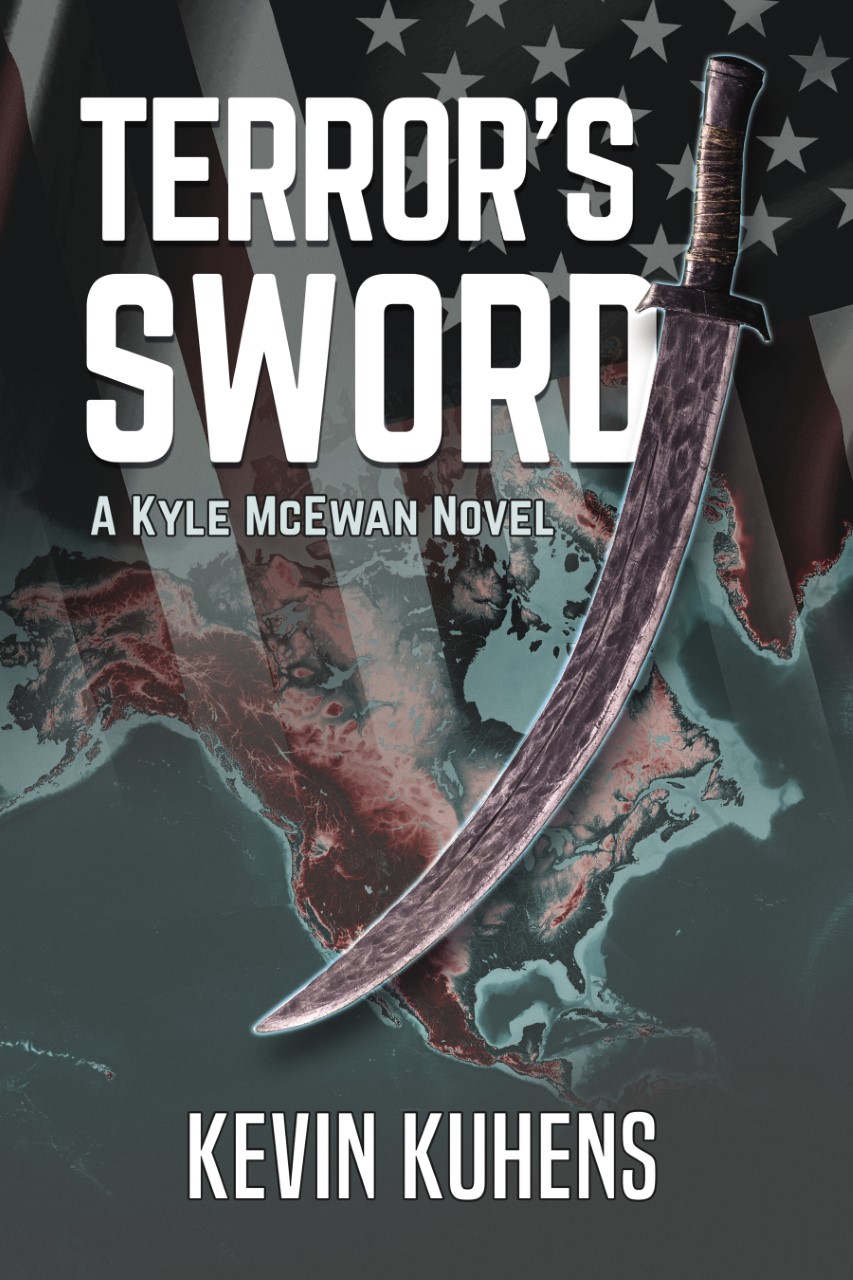The True Meaning of Memorial Day

Memorial Day is the designated annual federal holiday where America honors and mourns the nation’s fallen service members who gave their lives while serving in the U.S. armed forces. Over a million Americans have died in America’s military conflicts.
Many Americans observe Memorial Day by visiting cemeteries and memorials, or by participating in patriotic parades and religious services. Other events, like the Indianapolis 500, have ceremonies honoring America’s fallen service members before commencing their annual activities.
However, in many instances, the true meaning of Memorial Day has become lost in the maze of barbecues, festivities, and sales for everything from lawnmowers to bathing suits celebrating the official start of summer.
DECORATION DAY
In the aftermath of the Civil War, Memorial Day grew from the desire to honor our nation’s war dead. On May 5, 1868, General John Logan, national commander of the Grand Army of the republic, officially proclaimed that “May 30 is designated for the purpose of strewing with flowers, or otherwise decorating the graves of comrades who died in defense of their country during the late rebellion, and whose bodies now lie in almost every city, village and hamlet churchyard in the land.” Because the day wasn’t the anniversary of any particular battle, the General called it Decoration Day. On the first Decoration Day, 5,000 participants decorated the graves of 20,000 Union and Confederate soldiers buried at Arlington Cemetery while General (later President) James Garfield made a historic speech.
MEMORIAL DAY
Memorial Day, as Decoration Day gradually came to be known, originally honored only those lost while fighting in the Civil War. But the United States became embroiled in another major conflict during World War I, after which the holiday was renamed Memorial Day, commemorating American military personnel who died in all wars. The holiday evolved to include the Revolutionary War, World War II, The Vietnam War, The Korean War, and the wars in Iraq and Afghanistan.
For decades, Memorial Day was observed on May 30, the date General Logan had selected for the first Decoration Day. In 1968, Congress passed the Uniform Monday Holiday Act, establishing Memorial Day as the last Monday in May, creating a three-day weekend for federal employees. The change went into effect in 1971. The same law also declared Memorial Day a national holiday.
In 2000, Congress established a National Moment of Remembrance at 3 pm local time each Memorial Day, a minute of silence for those who have died in service to the nation.
Memorial Day Traditions and Rituals
Cities and towns across the United States host Memorial Day parades, often incorporating military personnel and members of veterans’ organizations. Some of the largest parades occur in Chicago, New York, and Washington, D.C.
— Excerpted from various sources
TOMB OF THE UNKNOWN SOLDIER
The president or vice president observe Memorial Day by laying a wreath at the Tomb of the Unknown Soldier in Arlington National Cemetery in Arlington, Virginia.

On the 100th anniversary of the Decoration Day proclamation, President Ronald Reagan spoke at Arlington National Cemetery, and said, “Today is the day we put aside to remember fallen heroes and to pray that no heroes will ever have to die for us again. It’s a day of thanks for the valor of others, a day to remember the splendor of America and those of her children who rest in this cemetery and others. It’s a day to be with the family and remember.”

On this Memorial Day, please remember the brave men and women who made the ultimate sacrifice so that the rest of us can experience America’s freedoms. While cherishing the day with family and friends, remember lives were given to forge this solemn holiday. Please don’t forget the National Moment of Remembrance at 3 pm local time.
— Kevin
